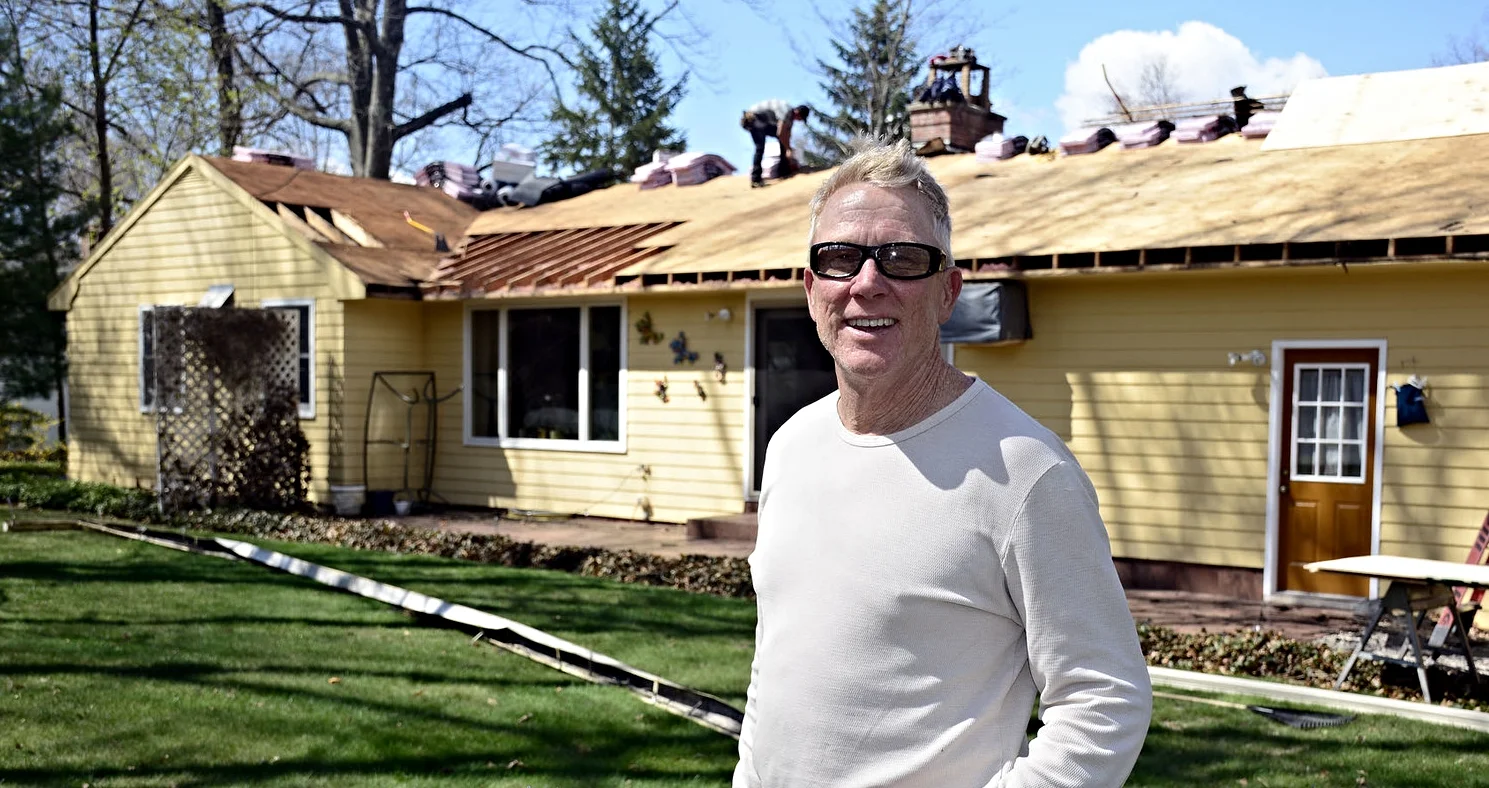10 Easy DIY Projects to Kick Off Summer at Home
Chelsea O'Donnell
10 Easy DIY Projects to Kick Off Summer at Home
Memorial Day weekend is here, and while backyard barbecues are a must, it’s also a great time to tackle those home projects you’ve been putting off. With longer days and warmer weather, summer is the ideal season to freshen up your space inside and out. Here are ten simple DIY ideas to get you started over the long weekend and keep the momentum going all summer.
1. Repaint Your Front Door
Want instant curb appeal? A bold front door color can completely transform your home’s vibe. Clean, sand, prime, and paint - it’s a project you can knock out in an afternoon and enjoy every day.
2. Light Up the Night
Add solar-powered lights to walkways, gardens, or patios for a warm, welcoming glow. No wires, no stress, just an easy upgrade that adds charm and function.
3. Build a Garden Path
Define your outdoor space with a simple path made from stepping stones, pavers, or gravel. It’s practical, pretty, and much easier than it looks.
4. Make a DIY Bench
A custom outdoor bench adds seating and personality to your yard or porch. All you need are some boards, screws, and stain or paint if you’re feeling bold.
5. Install Window Boxes
Brighten up your home’s exterior with flower-filled window boxes. Buy pre-made or build your own, then plant colorful summer blooms for a cheerful pop of color.
6. Refresh Outdoor Furniture
Give tired patio furniture new life with a coat of outdoor paint or fresh cushions. Don’t toss it, transform it.
7. Swap Out Kitchen Hardware
Big change, small effort. New cabinet handles and drawer pulls can modernize your kitchen in minutes. It’s the definition of low-effort, high-reward.
8. Start a Vertical Garden
No yard? No problem. Hang planters, mount pots, or repurpose a pallet to grow herbs, flowers, or succulents right on your wall or balcony.
9. Paint an Accent Wall
Pick a wall, grab a bold color, and make a statement. A new accent wall can completely shift the mood of a room and it’s a perfect project for a rainy weekend day indoors.
10. Update Light Fixtures
Swap outdated fixtures for something sleek and modern. Just be sure to cut the power before you begin - this project is about bright ideas, not sparks.
These DIYs are budget-friendly, beginner-friendly, and designed to give your home a fresh, inviting feel without a major time commitment. So this Memorial Day weekend, fire up the grill and the paintbrush—you’ll be surprised how far a few small updates can go.
Bob O’Donnell is the owner of O’Donnell Bros. Inc., a Bristol-based home improvement company established in 1975. Got a home improvement question? Email Bob at info@odonnellbros.com with the subject line “Ask the Pro.” Questions may be considered for publication. To contact O’Donnell Bros. Inc. for your next project, call (860) 589-5155 or visit http://www.odonnellbros.com. Advice is for guidance only.
